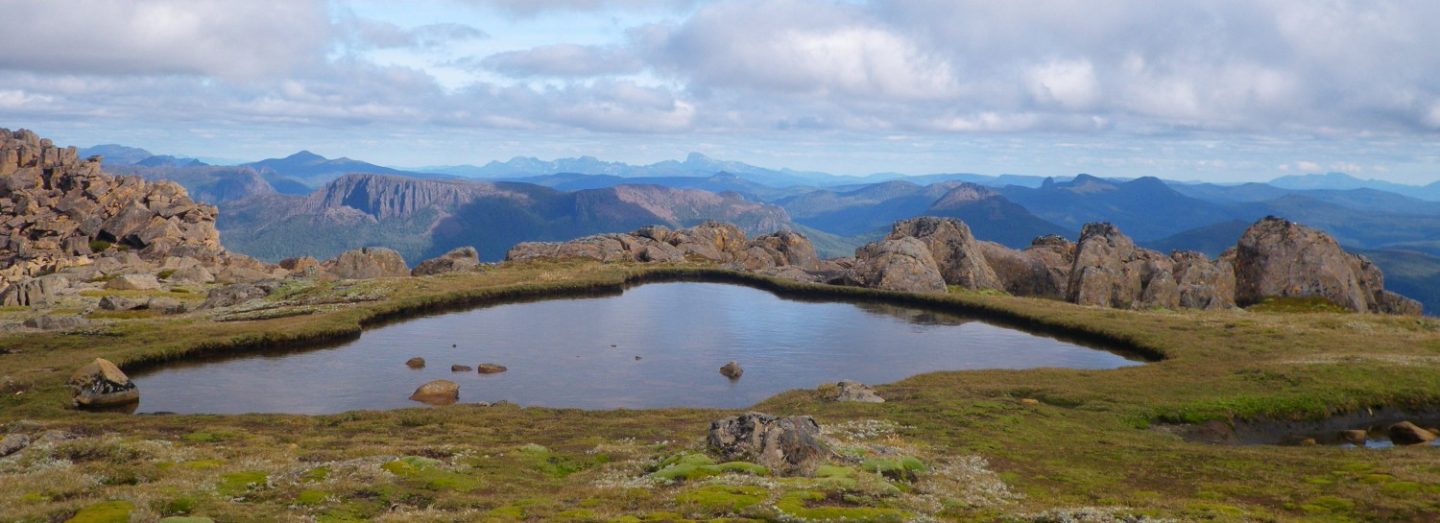I have been immensely enjoying Meredith Lake’s The Bible in Australia: A cultural history (Newsouth books, 2018). It is so clearly written, in a very readable style. The work presents the impact of the Bible as ‘global’, in the sense that it came to Australia with the immigrant communities; then as ‘cultural’—a work so often appreciated as much for its language and values, its insights into human life as for its specifically ‘theological’ significance. Lake weaves all three perspectives into her account of the cultural history of the Bible.
Lake is unashamedly ‘pro’ Bible, in the sense that she does not reject its value and significance on account of a previously determined opposition to religion. On the contrary, her stance is clear right from the beginning:
The Bible still matters, then, because of its role in the life of faith.It has enduring importance to Australia not only because it is part of what connects us to other people and places, and because of its dynamic relationship to culture: people strive to follow its teaching, and in some way take on its vision of the world. (pp.14-15)
This conclusion is drawn on the basis of survey evidence which demonstrates these values, notwithstanding the significant decline in church attendances.
At the conclusion of National Reconciliation Week—when we have been invited once again to commit ourselves to reconciliation between the First Peoples and the immigrant cultures of Australia—I have been remembering that often-quoted statement by an indigenous person (I no longer remember who first recorded it): When the white man came, he had the Bible and we had the land. Now we have the Bible and he has the land.’
Is the Bible a symbol of indigenous dispossession? We have to acknowledge the powerful element of truth in that statement.
In her excellent chapter on ‘Indigenous Encounters’, however, Lake offers some detail into the ways indigenous communities did engage with the Bible. From very early on in the contact period, the Bible was used to ‘educate’ indigenous people, some of whom not only learned to read it and to preach or teach from its content. Some chose not to accept its ideas. What is interesting, however, is the tension that Lake identifies between the attitudes of some of these teachers and preachers and landholding settlers, who had a rather different view of what might be done for or to the aboriginal people.
So Lake explains that many early missionaries sought to learn the languages of the local people and worked strenuously to translate sections of the Bible into those languages. Significant achievements were made in the first half of the 19th century, though some of these mission projects were abandoned later in that century as government policies took over and the people were forcibly moved to other locations. (We now need to understand that this was the most destructive thing for those people, virtually negating their entire life and identity.)
Here I want particularly to note the approach of Lancelot Threlkeld, sent by the London Missionary Society in 1825 to New South Wales, to Awabakal country, where he began to learn the language and customs of the people. His primary teacher was Biraban, who had in fact been taken as a boy to Sydney and named M’Gill (what were they thinking?!), and had worked for some years with the British officers. He learnt English, became an interpreter and a ‘bush constable’. In adulthood, however, he returned to his country and resumed his own life and identity. It was there that he worked with Threlkeld. Together they produced works in the grammar and spelling of the Awabakal language.
Threlkeld’s work was opposed to the conviction of many of the settlers that the indigenous people were simply not worth this effort: the presumption was that they were an inferior race, less than human, and would soon be replaced as ‘civilization’ now took over. It was exactly this attitude that led to the ‘stolen generations’ program, and even (in a more ‘generous’ frame of mind) the Aboriginal Welfare programs that sought to care for the people on Reserves—essentially until they died out.
Against this stance, Threlkeld argued:
‘if it could be proved that the Aborigines of NSW were only a species of wild beasts, there could be no guilt attributed to those who shot them off or poisoned them’.
In rejection of such racism, however, he devoted himself to language work as
‘a convincing proof that they have an equal share of intellectual power with others of the human race.’ (p67)
Lake observes here that the work of translation of the Bible and its foundations in language study (and language preservation) were areas of contest, right in the middle of the struggles over land, and these all gave rise to fundamental questions about a common humanity.
We may well wonder, ‘What is new?’ These issues remain, as the First peoples work so strenuously today to preserve their languages and the relationship of language with culture and country.
I want simply to acknowledge the wonderful work of people such as Biraban and Lancelot Threlkeld, surely both of them men of exceptional grace and wisdom. It may be argued still that in many ways the Christian missions contributed, consciously or unconsciously, to the dispossession of the people of the land. But it was not without the efforts and contributions of such as these two wonderful people.

Thanks Frank. A very thoughtful piece. I wonder if you’ve seen The SongKeepers or been following Common Grace through Reconciliation Week. https://www.commongrace.org.au/grasstree_friends_reconciliation_week?utm_campaign=rw18_final&utm_medium=email&utm_source=commongrace